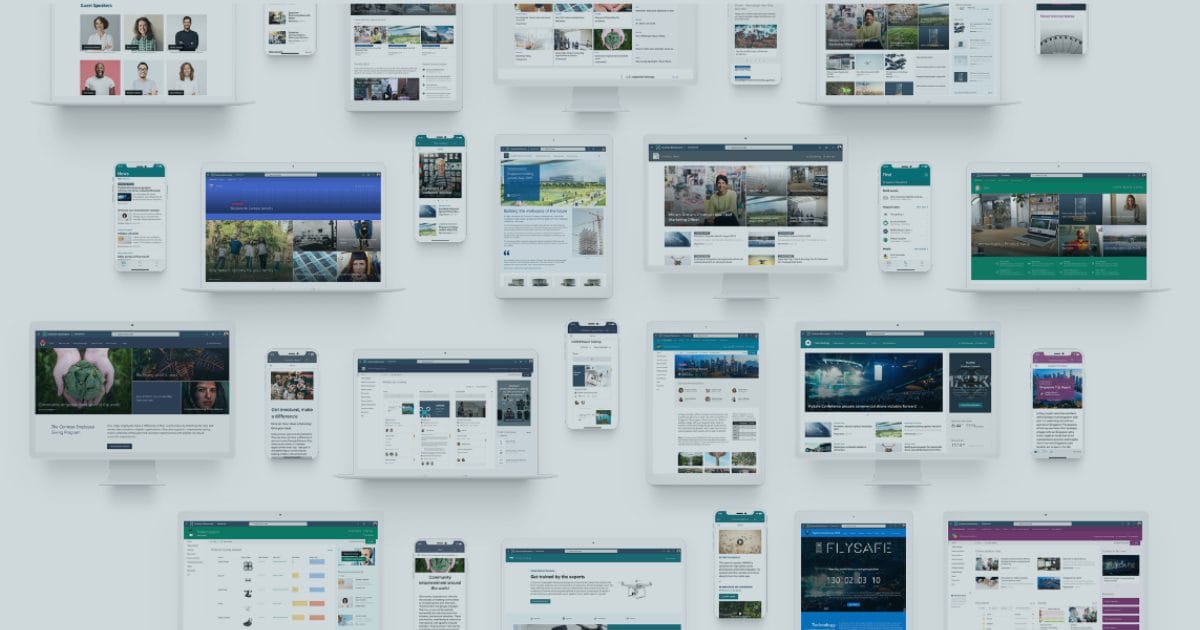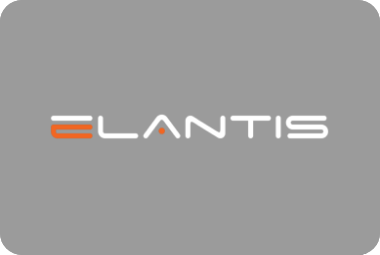As all facets of business become increasingly dependent on collecting, sharing, and organizing data, many organizations are using automation services to optimize data governance strategies. Since 2015, the amount of existing digital data has increased by 1000%. Simply put, the acceleration of data produced is outpacing the administrative power of humans trying to manage it. This is why optimal content governance is crucial for the success of any business; automated data governance can help prevent poor content management.
As databases grow in size and complexity, the risk of human error when governing this data also increases. With the smallest oversight, information can be lost or become inaccessible, and, in severe circumstances, a human error could result in costly consequences for your company. Some risks of poor data governance include:
- A lack of data security, making your systems susceptible to data breaches and cyberattacks.
- Poor organization of data, causing critical information necessary for your operations to be inaccessible.
- Extra costs and penalties for not abiding by data compliance laws.
This article details what automated data governance is and highlights how automated data governance can help your business reduce errors while saving time and resources.
What is Automated Data Governance?
Automation can optimize operations in all facets of your business, and automated data governance is no exception. Automated data governance is an AI-powered approach to managing standard processes in a business’ data governance strategy. The capabilities of this automation assist in a variety of ways, including:
- Matching cloud-based data with legacy systems.
- Ensuring data governance processes abide by data protection laws.
- Structuring and managing your Information Architecture for optimal security and accessibility.
By using automation to assist with process mapping and Information Architecture, AI-powered technology will take care of the basic processes of data governance, boosting efficiency and saving your employees time. Your IT department will no longer need to spend time on the administrative processes of data management, so they can focus on tasks that fully utilize their skills and expertise while the automation eliminates the risk of human error.
How to Create an Automated Data Governance Strategy
The first steps toward eliminating the risk of poor data governance begin with first analyzing the ways in which your company extracts, stores, shares, and manages your data, while also accurately analyzing the life cycle of certain data to know when data can be retired. The best approach is to seek feedback from all teams and departments to fully understand their relationships with data in their daily work. By incorporating all levels of your business, your data governance goals will aim to boost efficiency in every facet of your daily operations.
When establishing your data governance goals, you should be asking (and answering) the following questions:
- Would you like your data to be more accessible?
- Do you want to fully leverage your data to better support employees in their daily work and decision making?
- Would you like your data to be better structured to avoid violations of compliance laws?
Answering these questions will illuminate where your data governance needs improvement and, in turn, where you can focus the capabilities of automated services to streamline these processes.
Finding Automation Software You Can Trust
The growing necessity of automated data governance has resulted in a wide variety of automation tools available. There are pros and cons to many of these products, and it is important to take the time to explore which automation software is best for your data governance goals.
Nintex provides a variety of industry-leading automation tools. Nintex Promapp can assist with analyzing and automating your process mapping. This software is capable of pinpointing weak spots of your data governance, and it uses automation to help remedy and strengthen those weak spots.
Another Nintex product is Nintex K2, a low-code software that helps your employees design optimal workflows without extensive coding or development knowledge. This ensures your cloud-based data matches on premise data, streamlining your data governance processes.
How Elantis Can Help with Automated Data Governance
As an award-winning Nintex Premier Partner, Elantis offers a team of data governance experts that can optimize your ECM, Business Intelligence, and Process Automation needs. With the help of Nintex automation platforms, we can help you take control of your data governance strategy through the power of automation. Contact us today and begin your steps toward developing an automated data governance strategy that will boost efficiency in every facet of your business.
Curious to learn more about automation? Join our upcoming live virtual event on June 28, 2022 at 12:00pm MDT, featuring guest speakers and valuable tips to help you maximize the value of your investment in Nintex. Register today!


























